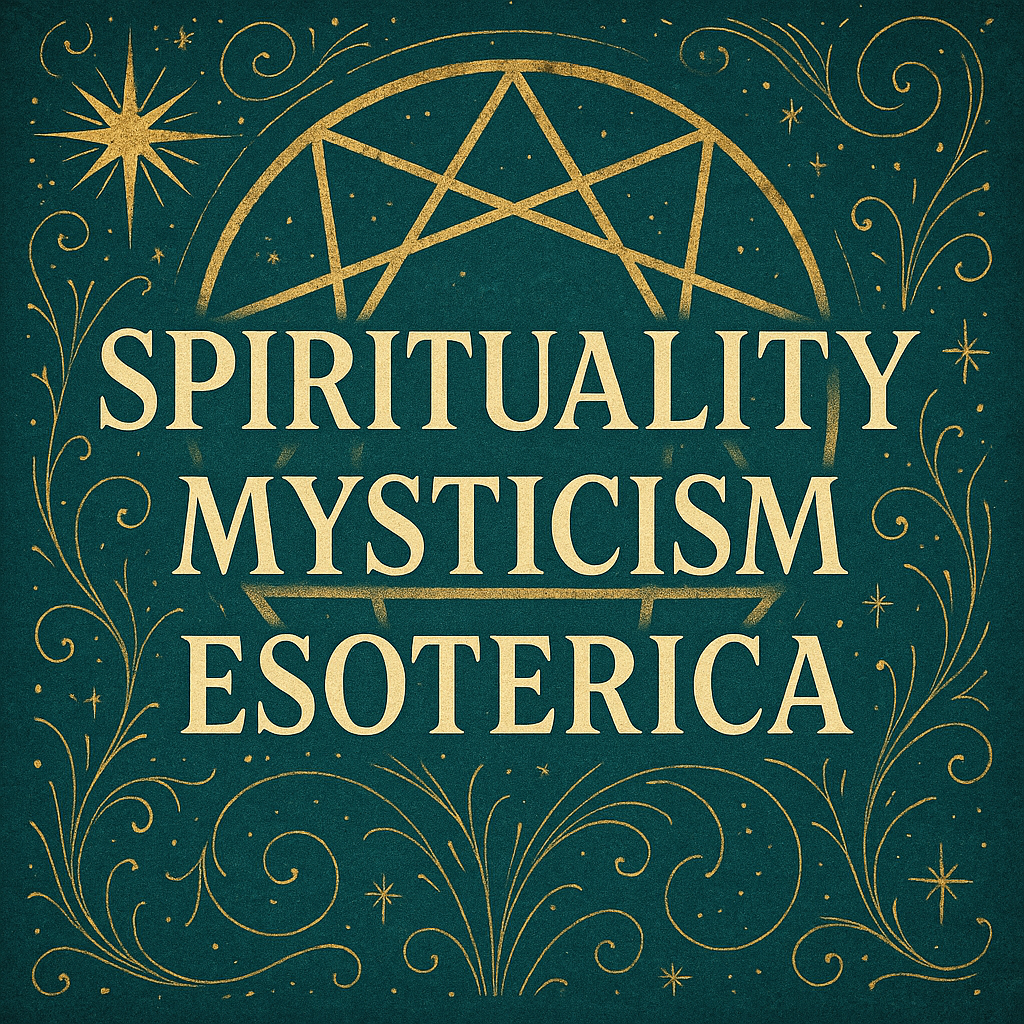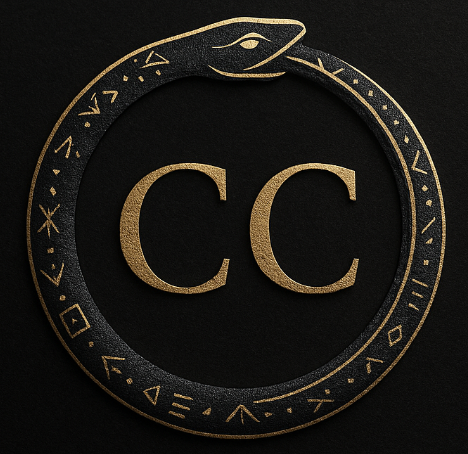In an age saturated with fragmented knowledge and shallow self-help, ancient Gnosticism offers an unusually cohesive path — not as a religious throwback, but as a framework for human development that integrates intellect, intuition, creativity, and transformation. The Four Pillars of Gnostic Practice provide a map not just for spiritual awakening, but for a richly developed life. Rooted in mystery traditions and echoed by Renaissance polymaths, these pillars hold renewed relevance for seekers, thinkers, and makers alike.
What Are the Four Pillars of Gnosticism?
Though Gnosticism takes many forms across history, the four enduring pillars often referenced in modern interpretations are:
- Philosophy – the love of wisdom, rational inquiry, and the intellectual pursuit of truth.
- Mysticism – direct experiential knowledge of the Divine or the Absolute.
- Art – symbolic expression of inner truth through beauty and creativity.
- Science – the disciplined observation of nature and material reality to uncover its deeper order.
These four are not isolated disciplines but interwoven threads in a fabric of conscious life. Each represents a way of knowing: intellectual, intuitive, aesthetic, and empirical. And when pursued in harmony, they create not merely a balanced life, but an illuminated one.
Those Who Walked the Path Before Us
History offers luminous examples of individuals who integrated these disciplines. Leonardo da Vinci — painter, inventor, and philosopher — stands as the archetype of the Gnostic Renaissance human. He moved seamlessly between art and anatomy, mechanics and metaphysics, bridging worlds with a mind attuned to deeper realities. Isaac Newton, often seen as a father of modern science, also delved deeply into theology and alchemy — driven not just by curiosity, but a spiritual hunger for unity.
Others — from Pythagoras and Hypatia to Carl Jung and Simone Weil — reveal lives shaped by multiple modes of knowing. Their insights did not come solely from books or laboratories, but from dreams, contemplation, symbols, and sacred study. They embodied gnosis — direct knowledge of the Real — in the way they thought, created, and lived.
Gnosis as Integral Development
In a developmental or Integral context (as framed by thinkers like Ken Wilber), the four pillars map onto various lines of intelligence and ways of being:
- Philosophy sharpens cognitive and moral development.
- Mysticism deepens spiritual and transpersonal awareness.
- Art cultivates emotional intelligence, aesthetic sensitivity, and mythic imagination.
- Science advances systems thinking, empirical skill, and rational clarity.
Studying and practicing across these domains creates internal synergy. You don’t just learn more — you become more. Philosophical study without mystical insight risks arid rationalism. Mysticism without critical thinking becomes credulous. Art without philosophy may lack grounding. Science without imagination becomes mechanical. But together? They feed each other in dynamic, ever-deepening ways.
This is what makes Gnosticism more than a belief system. It’s a developmental engine — a path of embodiment, not just enlightenment.
A Practice for Our Time
In a fractured world of competing truths and shallow attention, reviving the Four Pillars is both radical and practical. It invites us to study and reflect deeply, to seek our own direct experience of the sacred, to make beauty that reveals hidden order, and to honor the natural world through observation and experimentation.
This is the path of the modern Gnostic — not a seeker of esoteric escape, but of integral presence. Not someone who withdraws from life, but who lives more fully, through every lens available to the human spirit.


